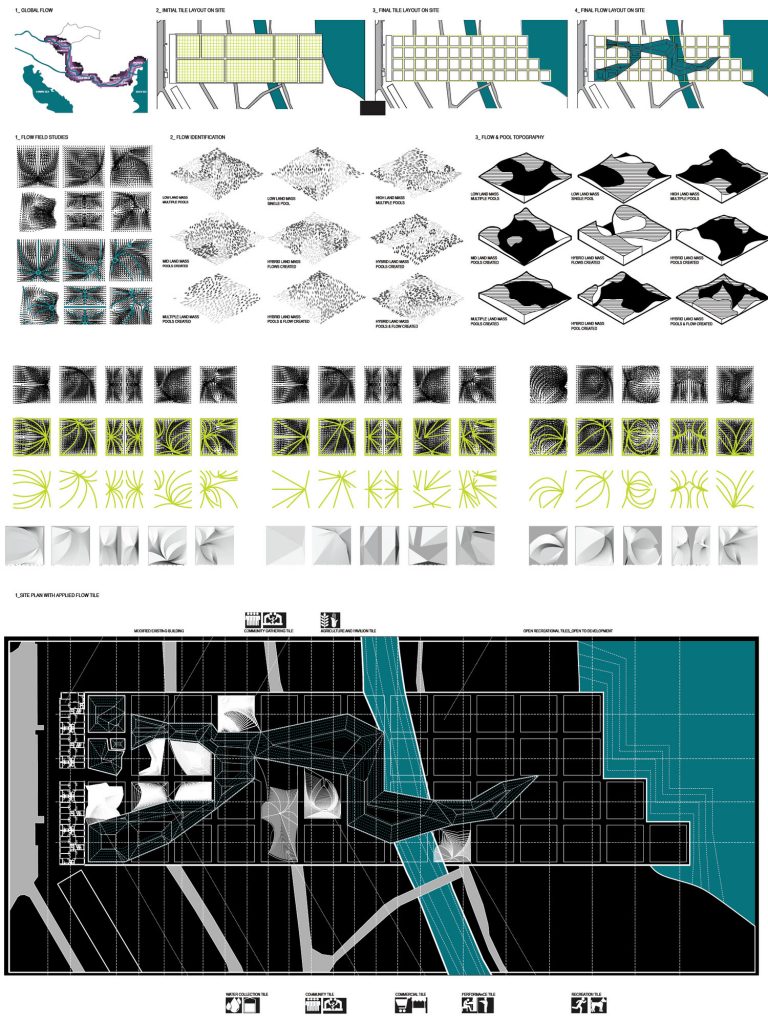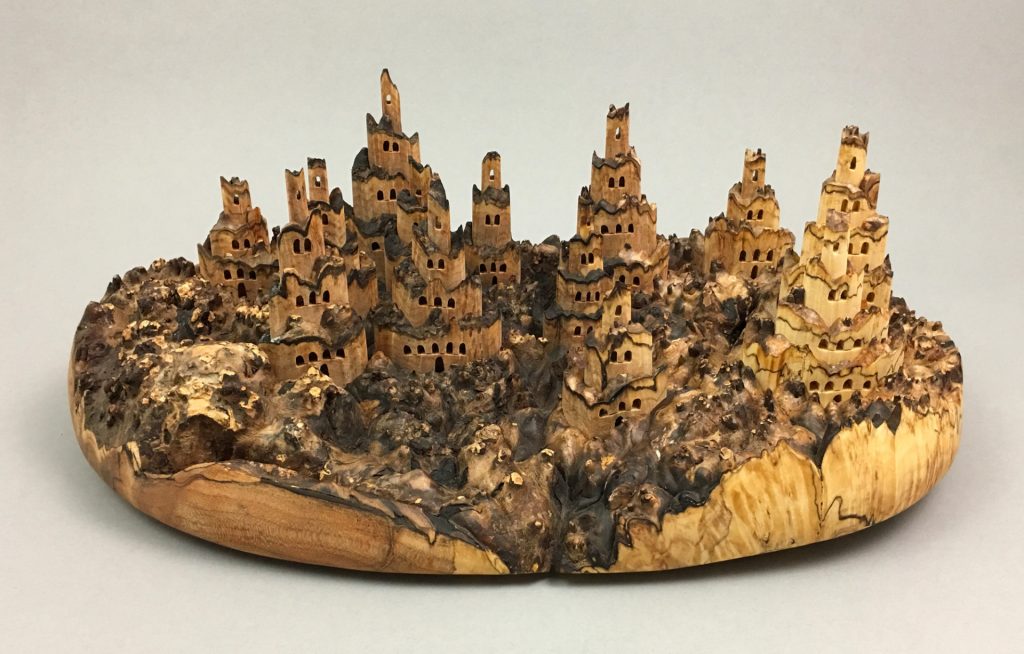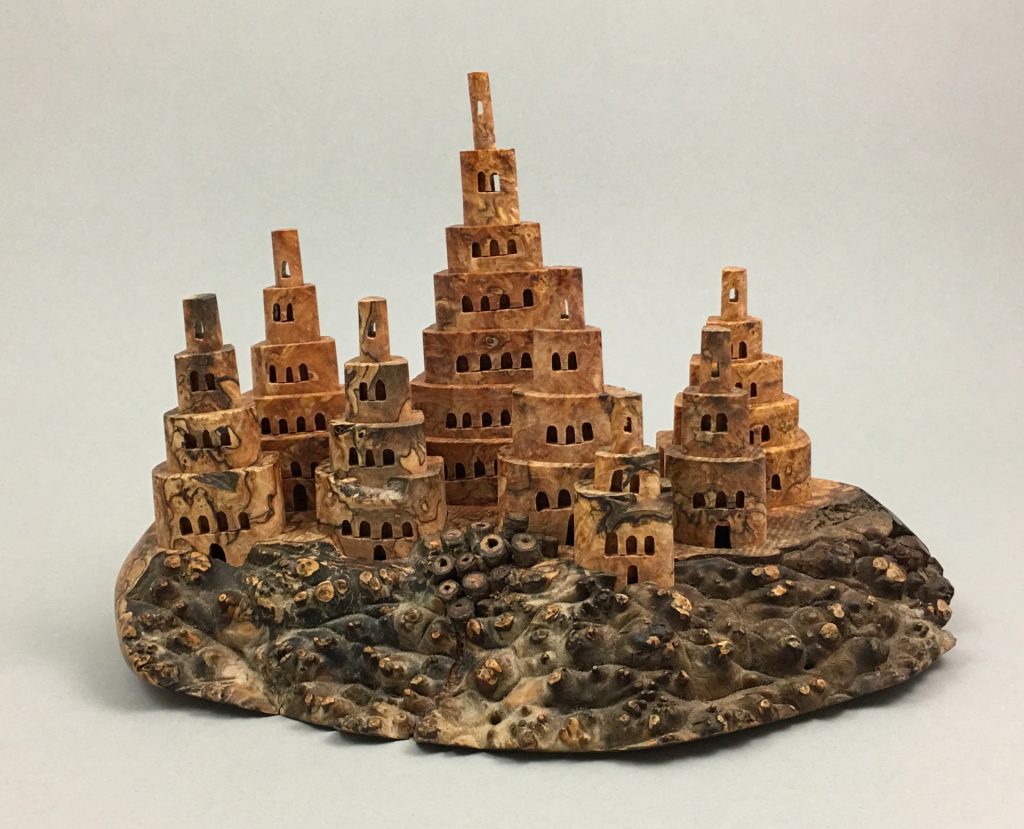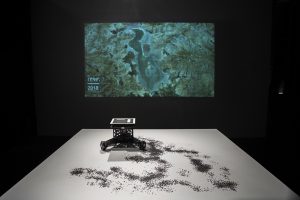sketch
function setup() {
createCanvas(600, 600);
background('hsl(160, 100%, 50%)');
}
function draw() {
noStroke();
fill(0);
quad(0, 600, 0, 365, 35, 300, 35, 600);
quad(35, 300, 100, 250, 100, 600, 35, 600);
quad(100, 250, 100, 600, 250, 600, 250, 350);
triangle(250, 600, 250, 350, 305, 600);
noStroke();
fill(125);
quad(250, 350, 100, 250, 150, 175, 300, 260);
quad(260, 290, 335, 275, 375, 250, 290, 255);
noStroke();
fill(225);
quad(290, 255, 375, 250, 365, 180, 150, 175);
quad(150, 175, 325, 40, 343, 115, 200, 177);
triangle(343, 115, 365, 180, 175, 180);
triangle(365, 180, 385, 170, 340, 110);
noStroke();
fill(195);
triangle(325, 40, 250, 25, 150, 35);
triangle(325, 40, 250, 100, 150, 35);
quad(150, 35, 250, 100, 250, 325, 150, 325);
triangle(250, 325, 280, 325, 250, 280);
triangle(150, 325, 100, 250, 150, 150);
triangle(100, 250, 150, 150, 150, 90);
triangle(150, 90, 150, 35, 130, 180);
}
I decided to approach this project by using a different composition than is typical in self-portraits. This side profile provided the opportunity to explore more angular forms, which I achieved with quad and triangle functions. I thought the restriction of elements allowed for experimentation with abstraction, so I further highlighted that requirement by using a limited color palette and geometric forms that belong to the same family.
![[OLD FALL 2019] 15-104 • Introduction to Computing for Creative Practice](../../../../wp-content/uploads/2020/08/stop-banner.png)



